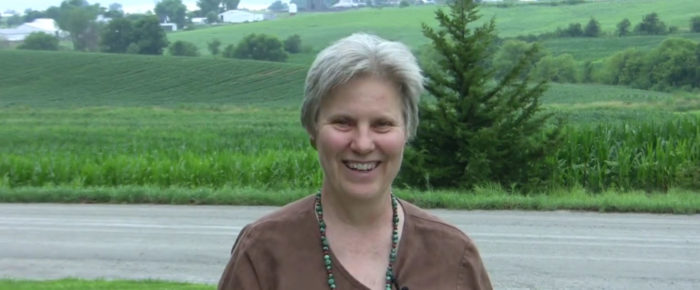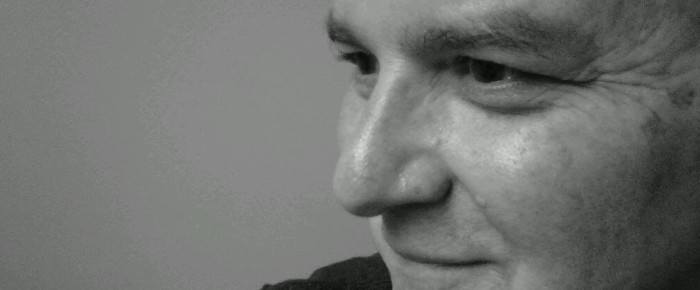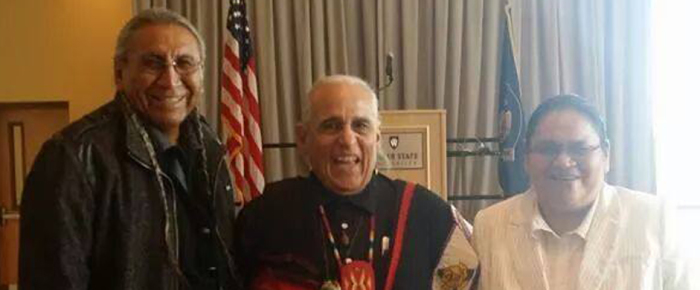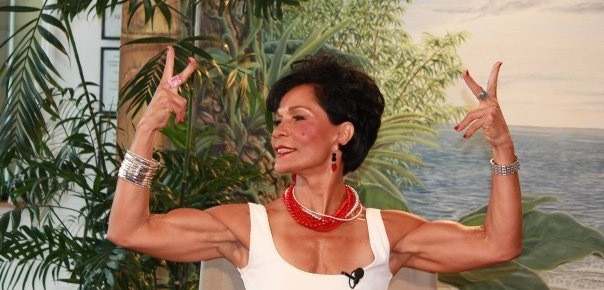For the past 30 years, Mary Swander has risen at 6 every morning in her one-room farmhouse in Kalona, Iowa – a town known for being one of the largest…
Read morePoet Laureate of Iowa writes about our food system


For the past 30 years, Mary Swander has risen at 6 every morning in her one-room farmhouse in Kalona, Iowa – a town known for being one of the largest…
Read more
Anthony Giovanniello grew up in an Italian-American household in Queens, NY, but for as long as he can remember, he says he’s had an affinity for Asian culture. “My parents…
Read more
In the Ute Indian Reservation, located in Northeastern Utah, approximately 150 miles east of Salt Lake City, it’s common to hear people say, “I’m going to go see Lacee.” Lacee Harris is…
Read more
Beth Farren, 70, continues living her life doing what she loves most – nursing, teaching, and fitting in the time to play tennis. Originally from Chicago, she has lived in…
Read more
Dr. Josefina Monasterio spent her childhood climbing mango trees in her rural hometown, Punta de Mata, in western Venezuela. She says she was always athletic – competing in…
Read more